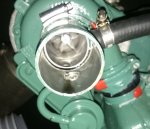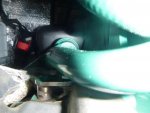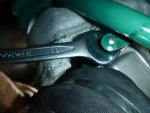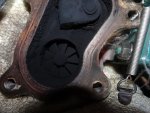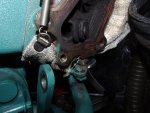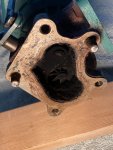Beneteau381
Well-Known Member
The biggest issue I found with VP, after helping an owner of a brand new aluminium French boat, is that you cannot get in direct contact with VP Sweden. They say that the main dealers are the first point of contact. Thats the way their syatem works. Not much good if the main dealers cant and couldnt fix the issue! After I got involved and started making noises all of a sudden two engineers pitched up from Sweden with a computer and oscilliscope. After two days they found what I had noticed on my std meter, a blip coming from the negative isolation relay. Once that was fixed all was ok! So to the OP, the main dealers first and if they cant fix it then an all out campaign to get VP attention through journalists.It sounds as though local VP technicians are grasping at straws.
With a new turbo fitted, you expected things to improve.......but they didn’t, suggesting that there never was a turbo issue. How did they explain an issue with a wastegate manifesting itself as oil in the induction?
There are two pathways to put oil in the induction system. One is a leak in the oil seal on the turbo compressor side. Unlikely in my experience (20 years with turbos including around 15 of them being responsible for the business at Penta [but not for their bought-out engines]). It would be easy to see evidence on the backplate.
The other, more likely route, is from the blow-by recirculation system. Establishing the root cause would be by a series of tests.
By adhering to their warranty stipulations you have demonstrated good faith so it’s time for Penta to reciprocate. If you’re not happy, why not elevate the issue within Penta, consider writing to their Gothenburg headquarters to get their attention.
Good luck with it.


